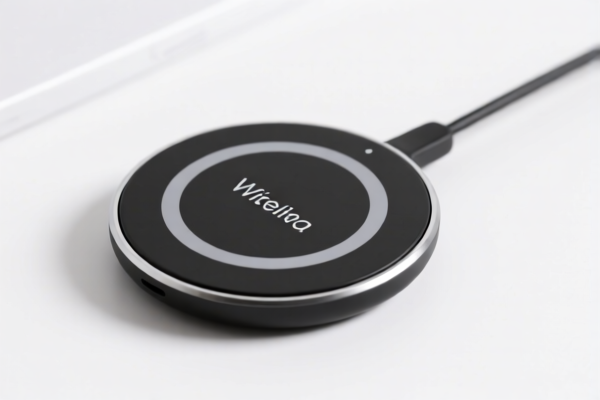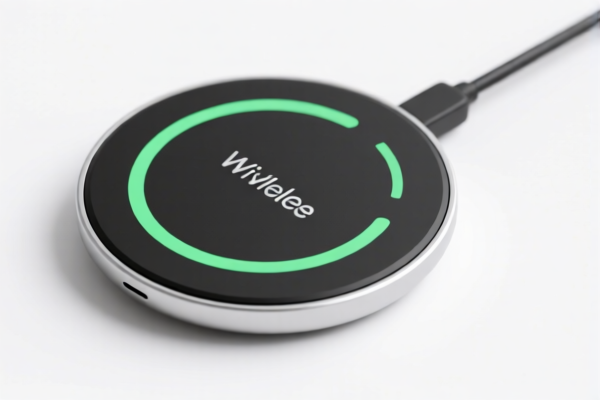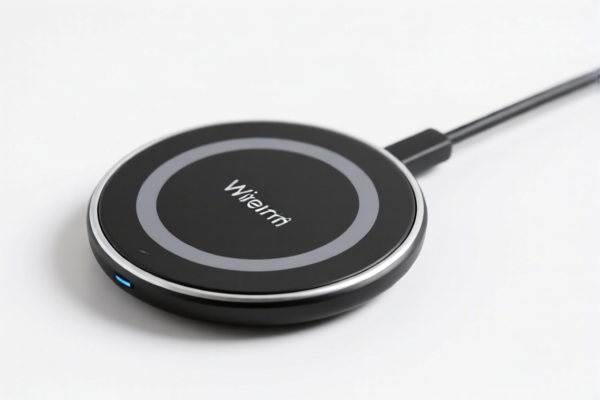| HS Code | Official Doc | Tariff Rate | Origin | Destination | Effective Date |
|---|---|---|---|---|---|
| 8517690000 | Doc | 55.0% | CN | US | 2025-05-12 |
| 8517620090 | Doc | 30.0% | CN | US | 2025-05-12 |
| 8548000000 | Doc | 55.0% | CN | US | 2025-05-12 |
| 3926904000 | Doc | 32.8% | CN | US | 2025-05-12 |
| 3901905501 | Doc | 61.5% | CN | US | 2025-05-12 |
| 3901909000 | Doc | 61.5% | CN | US | 2025-05-12 |




Wireless Mouse
A wireless mouse is a computer pointing device that utilizes radio frequency (RF), Bluetooth, or other wireless technologies to communicate with a computer, eliminating the need for a physical cable connection.
Materials
Wireless mice are typically constructed from:
- Plastic: Predominantly Acrylonitrile Butadiene Styrene (ABS) plastic for the main body, offering durability and cost-effectiveness. Polycarbonate (PC) is sometimes used for enhanced strength.
- Metal: Often found in the scroll wheel, base, and occasionally in decorative elements for added weight, stability, and premium feel. Aluminum is a common choice.
- Rubber/PTFE: Used for feet or pads on the underside to reduce friction and enable smooth gliding across surfaces.
- Electronics: Consist of a circuit board, optical sensor (or laser sensor), microcontrollers, and wireless communication modules.
- Batteries: Typically utilize Alkaline, Lithium, or rechargeable Lithium-ion batteries for power.
Purpose
The primary purpose of a wireless mouse is to provide a user-friendly interface for controlling a cursor on a computer screen, enabling interaction with graphical user interfaces (GUIs). This facilitates tasks such as:
- Navigation: Moving the cursor to select items, open files, and browse web pages.
- Selection: Highlighting text, dragging and dropping files, and activating commands.
- Interaction: Clicking, double-clicking, and scrolling to execute actions within applications.
Function
Wireless mice operate through the following key functions:
- Tracking Movement: An optical or laser sensor detects movement relative to the surface below.
- Signal Transmission: The movement data is transmitted wirelessly to a receiver connected to the computer (typically via USB).
- Button Input: Physical buttons (left, right, and middle) register clicks for commands. Additional buttons may be present for customized functions.
- Scroll Wheel: Enables vertical and sometimes horizontal scrolling through documents and web pages.
- Wireless Protocol: Communicates using RF (2.7 MHz is common), Bluetooth, or proprietary wireless technologies.
Usage Scenarios
Wireless mice are suitable for a wide range of applications:
- Desktop Computing: Standard use for everyday computer tasks.
- Laptop Computing: Provides enhanced control and portability compared to trackpads.
- Gaming: Specialized gaming mice offer higher precision, responsiveness, and customizable features.
- Presentations: Used for remote control of presentations and slideshows.
- Graphic Design: Precise tracking and ergonomic designs are crucial for detailed work.
Common Types
- Optical Mouse: Uses an LED and optical sensor to track movement. Suitable for most surfaces. Generally more affordable.
- Laser Mouse: Uses a laser diode for tracking, offering higher precision and ability to track on a wider variety of surfaces (including glass).
- Bluetooth Mouse: Connects wirelessly via Bluetooth technology, eliminating the need for a USB receiver. Compatible with Bluetooth-enabled devices.
- RF Mouse: Uses a dedicated 2.4 GHz radio frequency receiver for connection. Typically offers a more stable connection than Bluetooth.
- Gaming Mouse: Features high DPI (dots per inch) sensors, programmable buttons, adjustable weights, and ergonomic designs optimized for gaming.
- Vertical Mouse: Designed with an ergonomic vertical grip to reduce strain on the wrist and forearm.
- Trackball Mouse: Features a ball that is rolled to control the cursor, reducing the need for hand movement.
- Pen Mouse: Resembles a pen and is used for precise pointing and drawing.
The declared goods are wireless mice, which are input devices used for controlling a cursor on a display screen. They operate wirelessly, typically using radio frequency (RF) or Bluetooth technology, and are commonly used with computers for various applications such as office work, gaming, and graphic design.
The following HS codes are relevant to wireless mice, based on the provided reference material:
-
8517690000: This HS code covers telephone sets, including smartphones and other telephones for cellular networks or for other wireless networks; other apparatus for the transmission or reception of voice, images or other data, including apparatus for communication in a wired or wireless network (such as a local or wide area network), other than transmission or reception apparatus of heading 8443, 8525, 8527 or 8528; parts thereof: Other apparatus for transmission or reception of voice, images or other data, including apparatus for communication in a wired or wireless network (such as a local or wide area network): Other. This code broadly includes apparatus for wireless data transmission/reception, which can encompass wireless mice. The total tax rate is 55.0%, comprising a base tariff of 0.0% and an additional tariff of 25.0%, increasing to 30% after April 2, 2025.
-
8517620090: This HS code covers telephone sets, including smartphones and other telephones for cellular networks or for other wireless networks; other apparatus for the transmission or reception of voice, images or other data, including apparatus for communication in a wired or wireless network (such as a local or wide area network), other than transmission or reception apparatus of heading 8443, 8525, 8527 or 8528; parts thereof: Other apparatus for transmission or reception of voice, images or other data, including apparatus for communication in a wired or wireless network (such as a local or wide area network): Machines for the reception, conversion and transmission or regeneration of voice, images or other data, including switching and routing apparatus. This code includes machines for data transmission, which could apply to wireless mice. The total tax rate is 30.0%, consisting of a base tariff of 0.0% and an additional tariff of 30.0% after April 2, 2025.
-
8548000000: This HS code covers electrical parts of machinery or apparatus, not specified or included elsewhere in this chapter. If the wireless mouse is imported as individual components or parts, this code may be applicable. The total tax rate is 55.0%, with a base tariff of 0.0% and an additional tariff of 25.0%, increasing to 30% after April 2, 2025.
According to the provided reference material, the HS code options related to 'wireless mouse' are limited, with only the following 3 found.
Customer Reviews
No reviews yet.